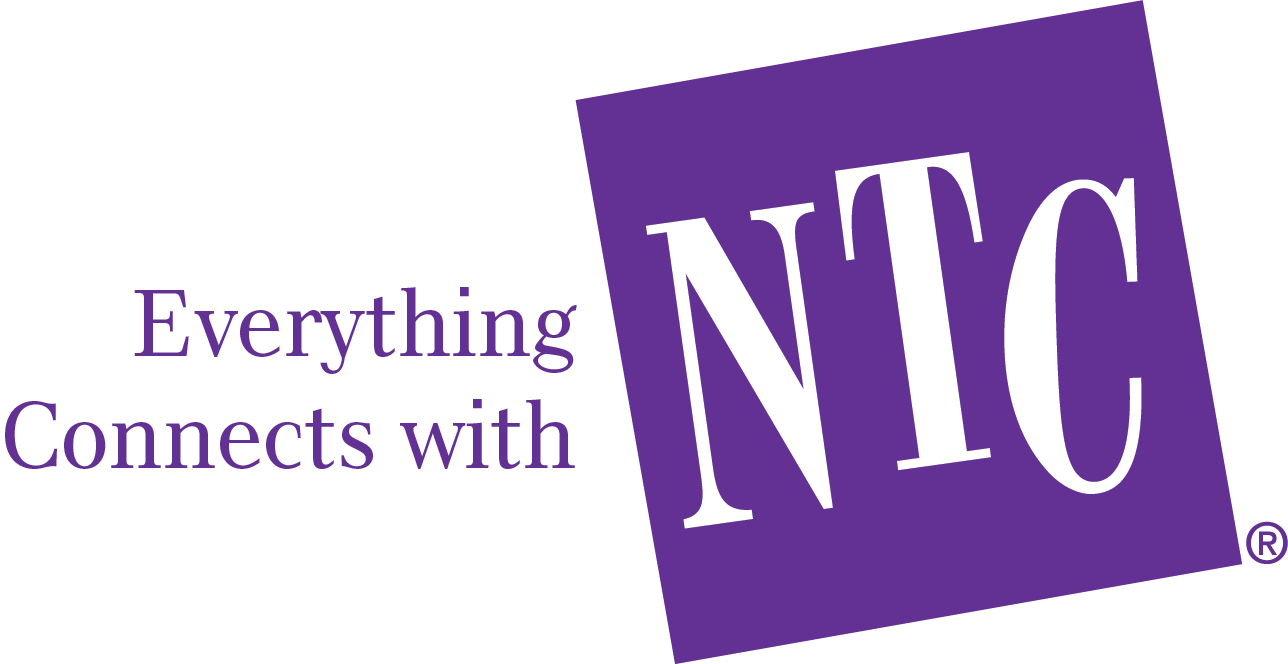In America, nearly everything we do revolves around money. Our capitalist society has us making financial choices daily, whether we’re buying our daily Starbucks, purchasing a movie on Amazon, or requesting a payment via Venmo.
One would think the fact that we live and work in a system that promotes economic liberalism means we’d be well-equipped to handle fiscal responsibilities such as budgeting, investing, and saving. That’s not necessarily the case.
American consumers closed out 2021 with record-breaking levels of debt, standing at roughly $15.6 trillion. Unfortunately, many of us haven’t had access to adequate financial education services, and it shows. Proper training is desperately needed if we’re going to set the youth up with the proper financial literacy skills to provide them with a future of economic stability. Let’s look at what that means.
What is Financial Literacy?
Financial literacy refers to having an understanding of the critical monetary concepts that are necessary for effectively managing our personal finances. In other words, it encompasses all the skills you rely upon when making any money-related decision.
The aim of becoming financially literate is to be in control of your finances while also establishing a healthy relationship with money and building a life of economic satisfaction. Our financial literacy is tested every time we question whether or not to purchase those wine glasses from Target or decide on how much we want to contribute to our 401K. The particular decisions we make will result from the financial literacy skills we learned growing up. So, what skills do we need to be learning?
What Skills are Associated with Financial Literacy?
If you’re a part of the vast majority of Americans who didn’t learn financial literacy in high school, you may be wondering what specific skills are associated with financial literacy. There are a myriad of different skills that tie into fiscal competence, ranging from a basic knowledge of how to create a simple budget to more complex practices such as investing and risk assessment.
Every skill related to effective money management falls into one of the five components that make up financial literacy, which are earning, spending, investing, borrowing, and protecting.
Here are a few examples of simple financial literacy skills:
- Keeping a detailed record of your spending habits and monthly expenses to establish a clear understanding of how much you need to budget.
- Once you’ve employed an appropriate budget, continue to revisit your and revise your spending plan and track your purchases.
- Checking your credit report regularly.
- Increasing your retirement savings rate each time you have an increase in your income.
- Working toward maintaining an emergency fund of three to six months worth of expenses. This will protect you from debt and bankruptcy.
- Seeking out loan terms with low-interest rates and paying off credit card balances every month to avoid accruing debt.
- Learning to invest some of your income to put it to work earning for you.
If you didn’t learn these skills in school, there’s a decent chance you never learned them at all. Sure, most of us learn very basic money counting and saving skills as young children, but when a school employs strong financial education services, their students are much more likely to be well prepared to handle their financial futures.
Financial Literacy for Children
As mentioned, many children learn how to count money and save a little money in their piggy banks in their bedroom by age 6. But then they go on to elementary and middle school, where financial education services are incredibly scarce. For many children, this means their financial education ends when their formal education begins. It may seem strange, but it’s the sad truth in a good deal of American schools.
Are the children in your community learning the skills they need to be fiscally prepared adults? It may depend on where you live. Let’s take a look at the recently increased number of US states that require students to take a personal finance course.
How Many States Require Financial Education?
While financial education services have historically been left behind in school curriculums, we are making progress on the subject. Currently, the following states have state-wide requirements for high school students to complete a class in personal financial management:
- Alabama
- Arizona
- Georgia
- Idaho
- Iowa
- Kentucky
- Michigan
- Mississippi
- Missouri
- New Hampshire
- New Jersey
- New York
- North Carolina
- North Dakota
- Ohio
- South Carolina
- Tennessee
- Texas
- Utah
- Virginia
In the past couple of years, Florida, Nebraska, and Rhode Island have all passed laws that make financial management classes a graduation requirement for students in high school as well. Let’s look at some of the reasons it’s so important for children to have access to financial education services before leaving high school.
The Importance of Financial Education Services in High Schools
When you finished high school, you probably knew that a2 + b2 = c2, as well as how to write a 5-paragraph essay. But did you learn how to do taxes, create a budget, or invest for the future? Neither did I.
This is because an overwhelming majority of U.S. schools lack financial educators and don’t offer any type of financial education services. Consequently, we complete our cardinal school years knowing what mitochondria are but not knowing what a credit score is. One of these will come up more often in life, and it’s not the one we spend an entire semester studying.
For the majority of students, a strong financial education will be much more valuable in life than complex scientific studies. So, let’s dig into some of the benefits of offering financial education services in schools.
Advantages of financial education in schools
Teaching the fundamentals of money management to young people helps them build healthy habits early on. It also gives them some time to make and learn from some minor mistakes before they’re catapulted into the real world. By exposing students to the topics included in financial literacy programs, such as budgeting and saving, their chances of seeing a healthy economic future are radically improved.
Recent research has shown that high school students who’ve had access to financial literacy courses have higher credit scores and fewer instances of defaulting on loans than their counterparts. With this in mind, it’s hard to understand why schools across our nation don’t implement financial teachings into their standard curriculum.
Why Schools Don’t Offer Financial Education Services
The main reason why financial literacy isn’t taught in schools is that there isn’t sufficient educator training for it. With little to no training provided or mandated for this subject matter, finding skilled teachers can be virtually impossible.
Because of this lack of training for teachers, when schools do teach financial literacy, it’s typically a supplementary lesson added on top of the curriculum for another class. In other words, it’s not a stand-alone course. Rather, it’s one week of a business class or a brief chapter in an economics textbook.
Teaching finances as supplementary material in other classes means young minds are left with only a surface-level education that hardly sticks beyond the end of the semester. They don’t fully develop any useful financial habits or attitudes.
In order to develop the skills that allow us to achieve a high level of financial literacy, people need access to quality, comprehensive financial education services from a young age.
A Critical Life Skill
There’s no overstatement in how desperate our need for access to financial education services is. Today, Americans have a greater responsibility for their finances than at any other point in history. This is due to the rise in average life expectancy, debt, and severely strained pension and social welfare systems. As a result, a majority of us lack sufficient savings and take on some amount of debt.
According to recent findings, 78% of adults in the United States currently live paycheck to paycheck, and almost 75% of employees are in debt. Thus, it makes sense that over half of Americans spanning all income levels experience anxiety over their financial situation, according to a 2016 survey by the Federal Reserve.
We’re constantly reminded of the value that financial competence holds. And, whether we like to admit it or not, many of us need to increase our financial literacy to improve our quality of life. Learning how to handle our finances from an early age helps us make solid financial decisions and avoid the pitfalls that result from these stressors.
The Bottom Line
Making fiscally smart decisions can put us on a path toward personal wealth and set us up for a satisfying retirement, and making fiscally poor choices can leave us with tremendous levels of debt and stress. For the youth to develop the necessary skills to make those smart decisions, we as a country need to invest in financial education services in the schools.
If you need help developing a course or program at your school, reach out to NTC Corporate. In addition to curating financial education programs for schools, we are an expert research provider for our nation’s largest investors. We’re also a private equity-backed leader in offering financial education services to a wide range of banking service companies. With that kind of experience, we know a thing or two about setting people up for financial success.







